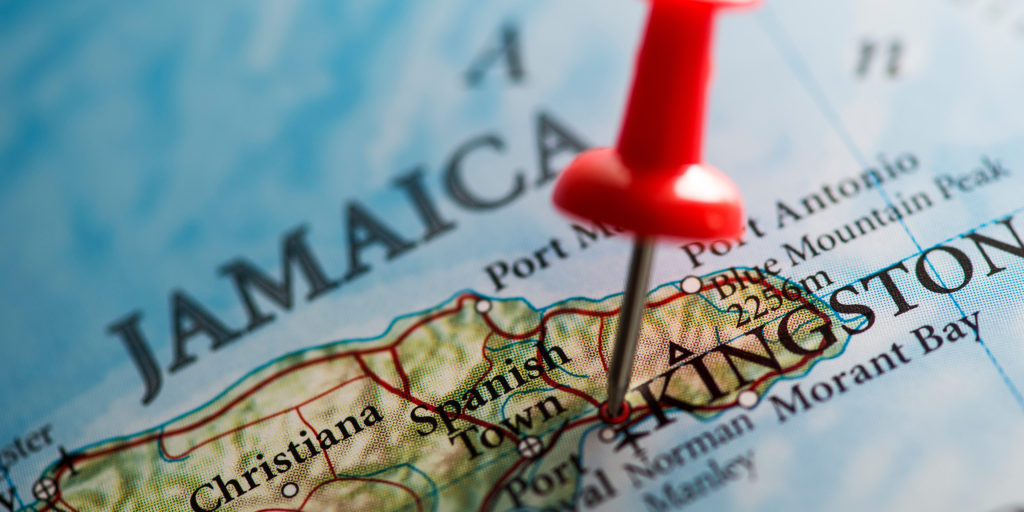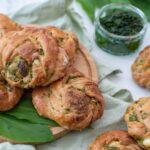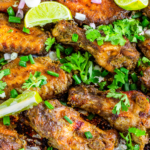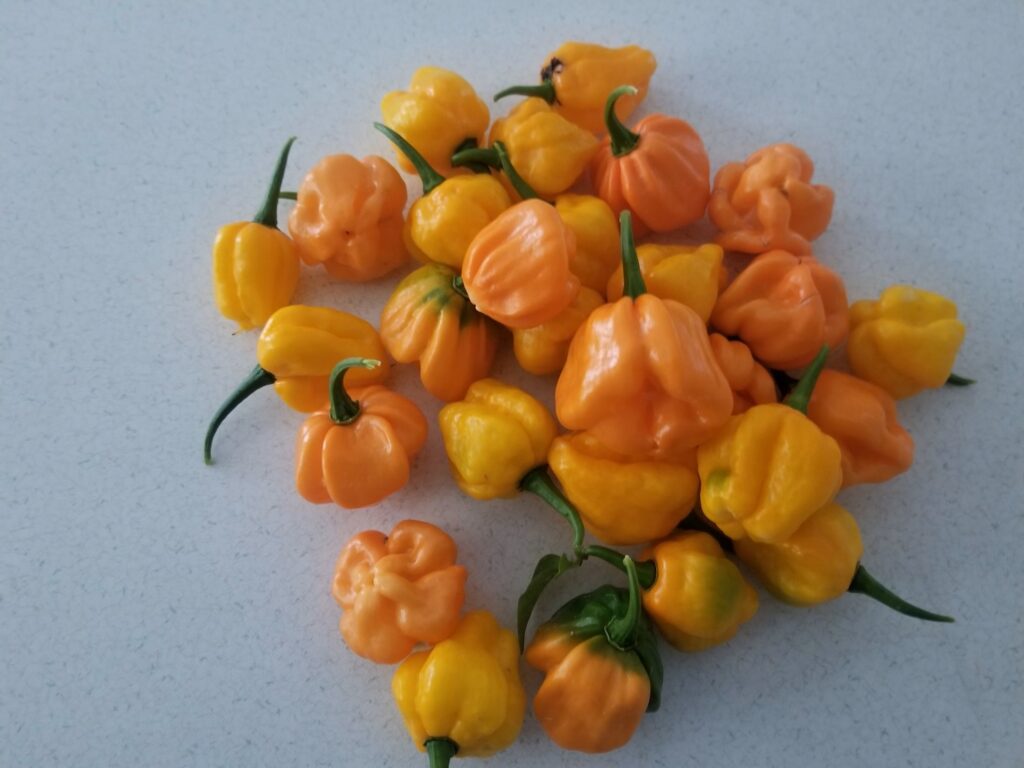
Or, How I Learned About Chinese Jamaican Food
It’s easy to meet your neighbors when you have dogs. Owners seem to be on the same schedule. It’s either before work or after, sometimes it’s in the afternoon when you work from home. Such as it is with Scott, whom I met as he rolled by on his skateboard with Indigo in tow. However, with her sylph-like form harnessed to her owner, it seemed that Indy pulled Scott like a husky. Indy is sweet to watch; she lopes with determination and zest, eager to exercise.

In comparison, I trundled by with George. Our chocolate lab loves every dog, and every dog loves him. Indy, a pit and whippet mix, can be rough and needs galloping runs with her skater Dad. The two canines have become friends—a quick sniff and off to their worlds. George is finding good goose poop to eat – a never-ending process – and Indy is potentially racing the Iditarod.
Growing up as a half-Filipino and half-Caucasian-American boy, I feel acutely drawn to people like me. We are unique. I thought Scott might be bi-racial, too. As it turns out it, he identifies as Chinese Jamaican, a small group of the country’s immigrants that settled in the Caribbean. The son of an American Irish-Scottish father and a Chinese mother, he was born in the Caribbean nation of Jamaica. Raised in Indiana, he, a digital artist, and his wife, Berlin, a teacher are now empty nesters.
Being the food lover I am, I immediately searched the internet for recipes from his Caribbean background. His cooking heritage includes many dishes such as stir-fried goat, jerk chicken chow mein, and char sui dahlpouri. The last dish, literally is a melting pot of cultures, with tastes from Southeast Asia, China, and the continent of Africa.
According to the National Library of Jamaica website, the Chinese, mostly Hakka, arrived as indentured servants to work the sugar plantations from 1854 until 1886. Three well-documented ships sailed with almost thousand immigrants during this period. Then, a second and third migration occurred from the early 20th century until the 1970s, mostly of individuals and entrepreneuers looking for better lives. The online publication Gal-Dem, dedicated to telling marginalized people’s stories, says that 50,000 Chinese Jamaicans live on the island today. During an ethnic revolt during the 1970s, several thousand Chinese Jamaicans moved to Canada and parts of the U.S. for safety.
When I learned that Scott was Chinese Jamaican, I took it upon myself to learn more. It’s a fascinating immigration story about how Asians and Pacific Islanders came to create a diverse culture in Caribbean history. Through this, I discovered that the first Filipino settlement occurred in a Louisana in 1763 with a group of enslaved people and other people of color. Even earlier, Filipinos sailors aboard a Spanish ship landed in Morro Bay, California in 1587, reports PBS So Cal Focus, 33 years before the pilgrims land at Plymouth Rock. With this said, discovery of North America most likely were not European but from the Asian diaspora.
In his words: Scott Hughes
I was born in Kingston, Jamaica in 1972. My father was American Scotch/Irish, and my mother was Chinese, whose parents came to China in the early 20th century. My mother’s people are called Hakka Chinese. They have a dialect but no longer speak it. They are native to Southern China but originally migrated to the region from the central part of China in ancient times. They are considered Han Chinese (a particular group which than moved to Southern China, before immigrating to Jamaica) and live in the traditional Hakka round houses.
My mother came to America through Catholic school connections and attended Marian College in the sixties when she met my father. They moved to Jamaica and lived with my mother’s family before migrating back to the U.S. in the seventies.
My uncle owned a small Jamaican eatery called Patties of Jamaica at the 52nd and Allisonville Road intersection. It has been there for over 40 years, now run by my cousin.
What is your favorite food to cook at home?
Jamaican food.
What do you always have in your fridge at home?
Scotch bonnet peppers that I grow.
What marked characteristic do you love in a person you share a meal with?
Trying new food.
What marked characteristic do you find unappealing in a person with whom you share a meal?
Hogging the best shrimp.
Beer, wine, or cocktail?
No
Who is your favorite cookbook author?
Julia Child.
What is your favorite kitchen or bar tool?
Meat tenderizer mallet.
Favorite types of cuisine to cook?
Chinese, Thai, and Caribbean.
Beef, chicken, pork, seafood or tofu?
I love chicken, beef and goat.
Favorite vegetable?
Green beans
What chef or culinary person do you most admire?
Bourdain
What food do you like the most?
Blueberries
What is your favorite non-eating thing to do?
skateboarding, water-coloring, digital design
Whom do you most admire in food?
Where is your favorite place to eat/drink in the Midwest? Delicia
Where is your favorite place to eat and drink outside the Midwest?
New Orleans & Jamaica
What is your favorite restaurant?
Benyue Dim Sum House in Castleton.
Who is/are the person/s with whom you would share your last meal?
My wife.
Scott Hughes Recipe for Jerk Chicken

- One medium onion, coarsely chopped
- Three medium scallions chopped
- 3 Scotch bonnet chiles, chopped
- Two garlic cloves, chopped
- One tablespoon five-spice powder
- 1tsp ground cinnamon
- 1 tsp ground fennel seeds
- One tablespoon Jamaican allspice berries, coarsely ground
- One tablespoon of coarsely ground black pepper
- One teaspoon of fresh thyme
- One teaspoon of freshly grated nutmeg
- One teaspoon salt
- 1/2 cup soy sauce
- One tablespoon of olive oil
- ¼ cup dark brown sugar
- 2 (3 1/2 to 4-pound) chickens, quartered
- 1tsp Chinese MSG (that’s right)
- 1 Lime to wash the chicken pieces with (Jamaican practice but not needed)
Prep chicken pieces by poking them with a fork to allow marinade to seep into the flesh. Rub chicken pieces with fresh lime (optional).
Use a blender to make spices into a marinade, and place chicken into a 1-2 1-gallon size freezer bag(s) and marinate for a day. If you need to use two freezer bags, split the marinade into both.
Bake or grill at around 415 degrees for approximately 40 -50 minutes, depending on the size of the pieces.
If baking, use a slotted pan to release the chicken drippings below. However, roasting the meat in a glass baking dish allows the spices and juices to bathe. It all comes out delicious.
You can adjust to a lower heat but add extra time to accommodate.
Best served with Jamaican rice and peas and a mango coleslaw
[mc4wp_form id=3900]







